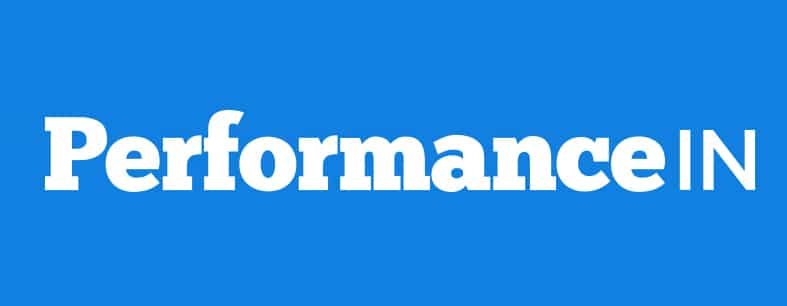After two years of media quality scandals, businesses are seeking more than baseline brand safety; they want brand suitability. And many are looking to Trusted Marketplaces: publisher networks that maximise quality by following strict benchmarks, going beyond brand safety, viewability, and ad fraud fundamentals, as well as ad experience, formatting, and data access.
And given the variability of digital content, such strict vetting has significant appeal. With low barriers to entry for content creation driving a flood of fake news, Trusted Marketplaces are an effective way of ensuring media meets the expectations and objectives of brand marketers.Why media quality still matters
Every business wants its ads to appear beside suitable content. As Jimmy Carr put it during this year’s Advertising Week Europe: “You don’t want to be advertising on Pornhub if you are Mothercare.” This need isn’t purely driven by the urge to avoid potential brand damage; it’s also fuelled by the challenges of connecting with discerning digital audiences.
Today’s consumers are sensitive to the perceived value of brands: 53% would rather buy from companies that reflect their unique values and beliefs, and a similar number reported abandoning a brand based on these views. And this means ad placements must complement the principles of each brand and their audience to achieve meaningful engagement, and desired business outcomes.
The internet, however, is an unpredictable environment where inappropriate content can spread quickly. Take, for example, the New Zealand terror attack in March 2019. Inside 24 hours, YouTube was grappling with a deluge of related videos — added at a rate of one per second — and within a few days, Facebook removed 1.5 million uploads. Though an extreme instance, the atrocity illustrates the difficulties of keeping ads away from unsuitable material at scale and shows why there is a growing appetite for greater control of media buying and interest in Trusted Marketplaces.The ingredients of a successful Trusted Marketplaces
Increased enthusiasm for Trusted Marketplaces operated by brands directly may be new, but the concept isn’t. In fact, pioneer Xaxis first launched its model in 2016, in response to calls for higher quality, fraud-free, and 100% viewable media — a move that pre-empted the demand for higher media standards that would follow the big brand safety scandals of 2017. Since then, the desire to ensure media is trustworthy and of high quality has continued to grow.
Efficient implementation requires sizeable resources, and few have the leverage and close relationships with publishers to create this infrastructure. It is essential to maintain scale so that imposing stringent criteria doesn’t also limit advertising reach and potential.
As a result, creating a scalable Trusted Marketplace remains an enterprise that only larger agencies can realistically undertake.Read the full article on PerformanceIN

